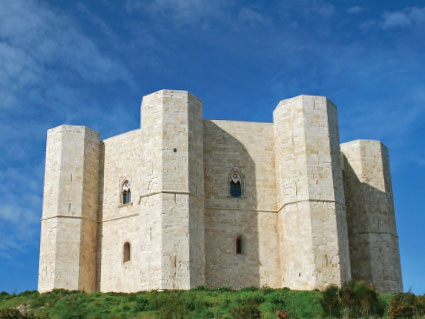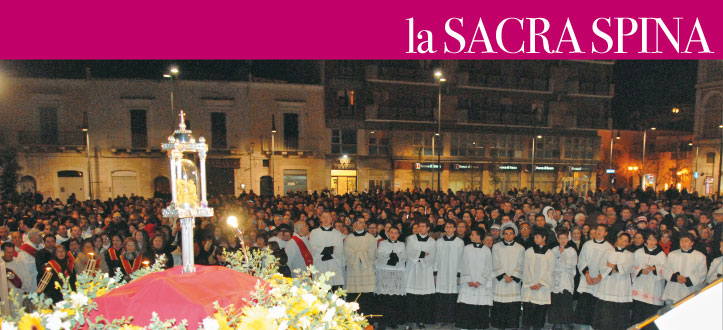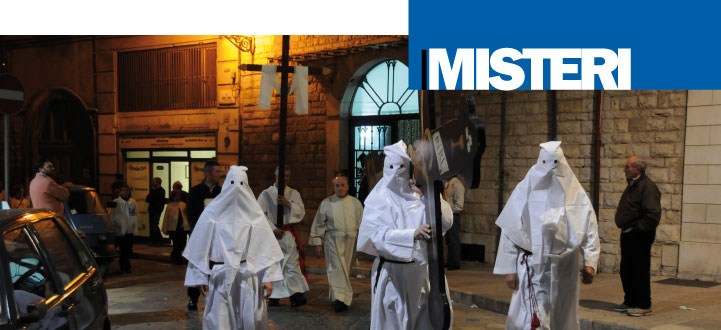





Many local historians and writers have studied the Holy Thorn mystery and among them one of the most accredited is Mons. Emanuele Merra, a wise and judicious scholar of the old records of Andria. “As far as the origin of one of the greatest thorns kept religiously in the Duomo of Andria – Merra writes – we must maintain with respect that it was donated not by Carlo D’Angiò, but by his son Carlo II”. The D’Angiò family, indeed, used to donate such relics to those cities where they lived or visited as a symbol of the relationship with the ruling family of France. The first confirmed records about the appearance of the prodigy of the Holy Thorn date back to 1633, but many believe that it had happened long before. Here is the account by Mons. Merra: “the Holy Thorn of Andria is four fingers long and is as large like as a string yarn. Its colour is greyish except for the tip that is darker. Inside the thorn you can see four purplish stains just behind its bending and another placed in the front, as well as many others located in some points difficult to see. When the sixth feast of Parasceve coincides with the Annunciation Day, March 25th , these stains seem to brighten up and redden as live blood: this is the miracle”. Many accounts of the prodigy have been recorded throughout centuries and in particular those happened in 1910, 1921, and 1932 are accurately registered. The latest dates back to 25th March 2005. What follows is the comment by the Bishop of Andria, Raffaele Calabro: “ I still feel a strong emotion […]. I use consciously the word extraordinary “sign” drawing it from the Gospel of John because such a word expresses more precisely than the other two words in vogue “miracle” and “prodigy” the path of faith that supports an occurrence or an event inexplicable by the mere reason. It is the duty of believers and non-believers to take note of events inexplicable both in terms of human knowledge and modern scientific means. The Holy Thorn is kept in the Cathedral in Andria open to the public.
In the shadow of the campanile of the Cathedral Church in Andria and enshrouded by the notes of the laud Corona di Martirio (/1932) composed by the skilful composer Mons. A. De Fidio from Andria, opens the Lent on the Friday following the Ash Wednesday with the liturgical rite of the Holy Thorn, a prodigious relic donated to the Chapter of the Cathedral in 1308 by Beatrice D’Angiò, wife of the Earl of Andria, Bertrando del Balzo. On the Friday before the Palm Sumday, from the artistic church of S. Francesco d’Assisi (town centre), seat of the Arciconfrtaernita of Maria SS.ma Addolorata leaves the procession of the statue of Our Lady of Sorrow towards the Church of S. Sebastiano, known as Purgatorio, where the wooden Statues of the Mysteries, which date back to the early XVII century are exhibited.

Twenty old wooden crosses (the oldest dates back to 1850), carried by the so-called ‘crociferi’, open the procession of the statues that crosses the streets of town centre and seems to cut the people in two wings. The statues evoke Jesus Christ’s Passion and Death. Then there is the wooden group of the Pious Women and finally the statue of our Lady of Sorrows wearing a black satin dress and a mantle embroidered with golden yarns and decorated with stars. The Bishop of Andria presides over the procession, carrying the silver Reliquary where the Holy Thorn is kept.